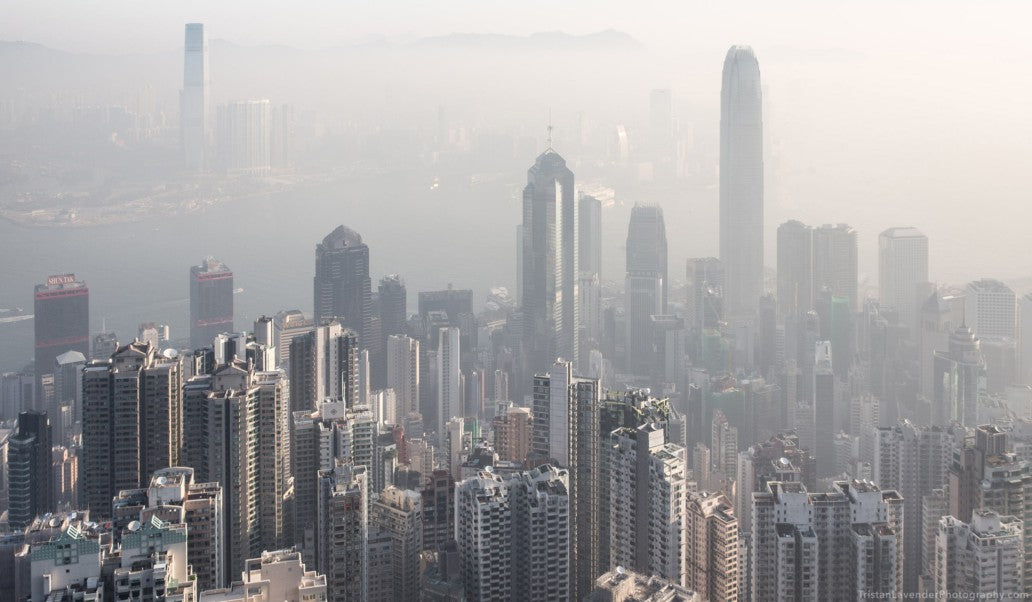
Looked outside recently? It can be pretty murky, especially here in Hong Kong, which makes you wonder if all that air pollution will counteract all the health benefits of exercising.
In many ways, running is considered a “miracle drug” – it’s easily accessible, improves heart health, builds strength and bone density, burns fat, improves mood and sleep quality and fights age-related cognitive decline. What’s not to like?!
But should you be running outside when the smog gets thicker than pea soup? Unsurprisingly, we breathe in more air pollution when we exercise, because we take deeper and more frequent breaths. In three hours at an easy running pace (70% of VO2 max), you’ll breathe in the same volume as a sedentary person over two days!
And if you’re feeling slow on a “smog jog”, don’t worry, it’s normal. Among the pollutants in oxidant smog, carbon monoxide has a predictable, detrimental effect on your blood’s ability to transport oxygen using your red blood cells. It impairs performance by bonding with haemoglobin and preventing oxygen from reaching muscles. In heavy smog, as much as 5 percent of red blood cells can be overwhelmed by carbon monoxide, leaving fewer cells to transport oxygen.
So what can you do to keep running but minimizing health risks?
1. Avoid the really bad days
A New England Journal of Medicine review estimated daily bicycle trips in polluted cities shortened a person’s life by up to 40 days, but the additional exercise increased it by 3 to 14 months. However, a study in Preventative Medicine suggested the negative health impacts of just 60 minutes in some of China’s most polluted cities would outweigh the health benefits.
2. Close your mouth
At rest, we have some basic protection measure against pollution - our nose. "The olfactory tissue and nose hairs act as a kind of first defence," says Dr Michael Tse of the Active Health Clinic at the Institute of Human Performance in Hong Kong. "At higher intensities, you also breathe through your mouth to get sufficient oxygen, leading to a direct intake of pollutants."
3. Face masks
However, the nose doesn’t catch air particles under 2.5 microns. These particulates (PM2.5) can deposit toxic or carcinogenic chemicals in the lung air sacs and are considered especially dangerous. Do face masks work? In general, simple paper dust masks are useless, while other masks can help but need a snug fit to work best.
4. Get out early
Running next to major roads is especially dangerous, with car exhaust being a combination of toxic and carcinogenic gases like sulphur dioxide, benzene and toluene. If you can’t give yourself a 100m buffer to a major vehicle thoroughfare, then get out early before the build-up of traffic exhaust and before the daytime heat causes pollutants like ozone to form.





